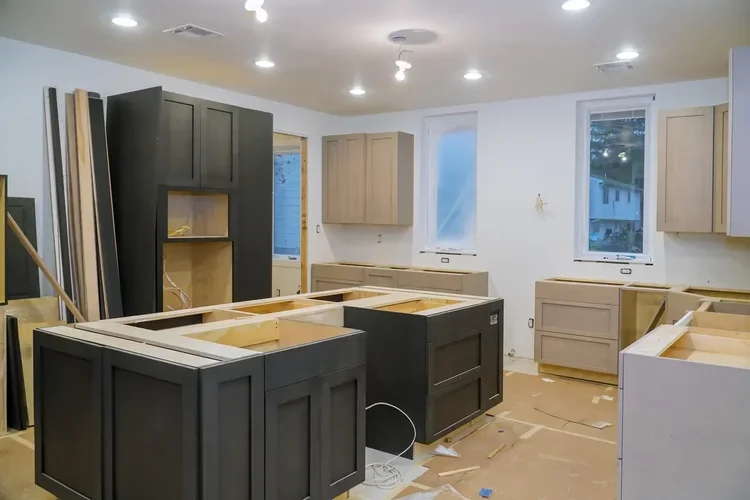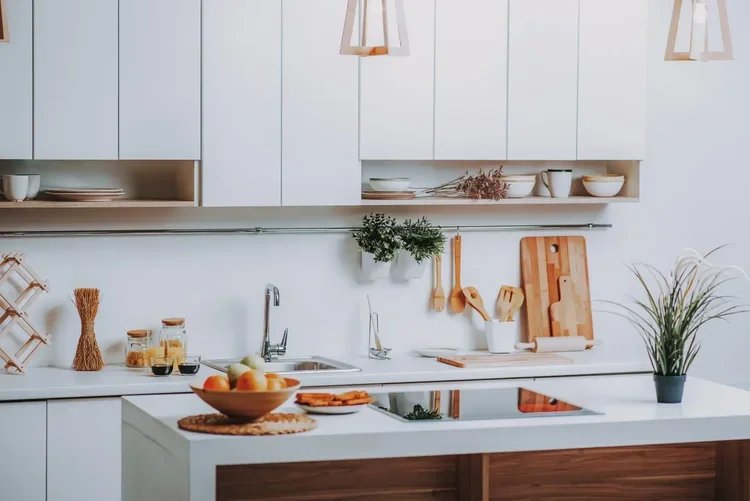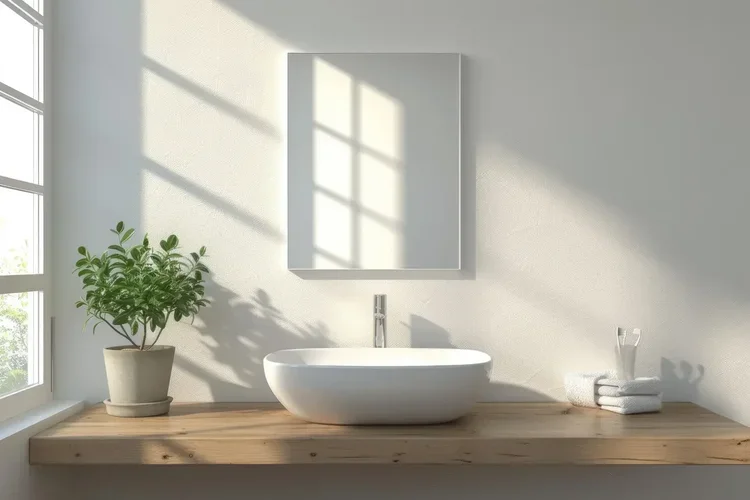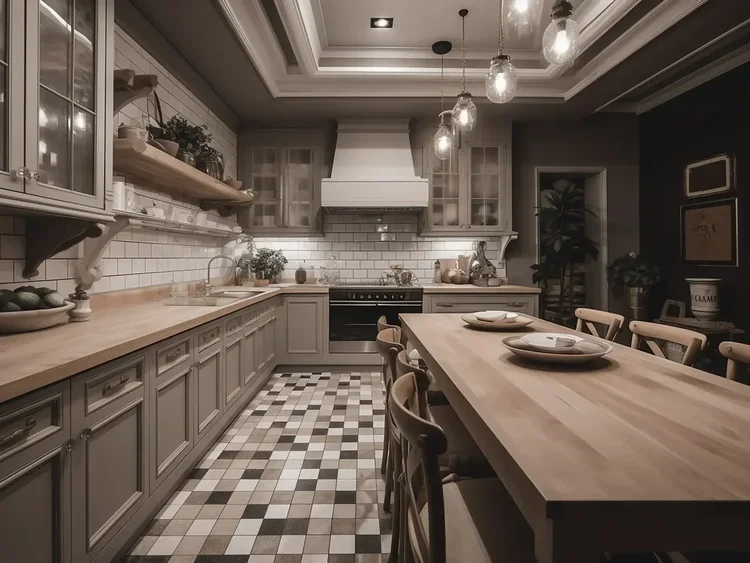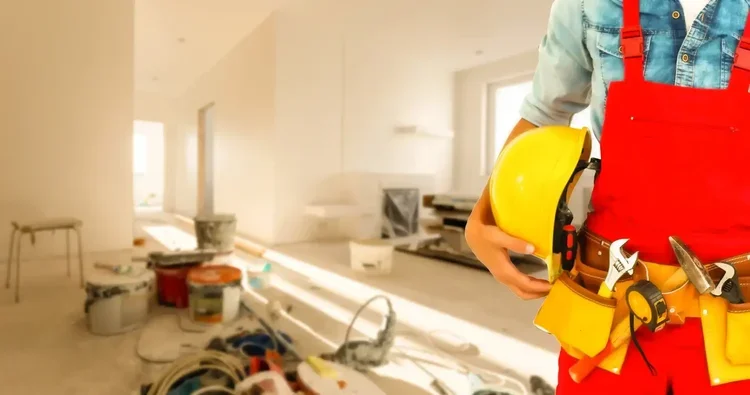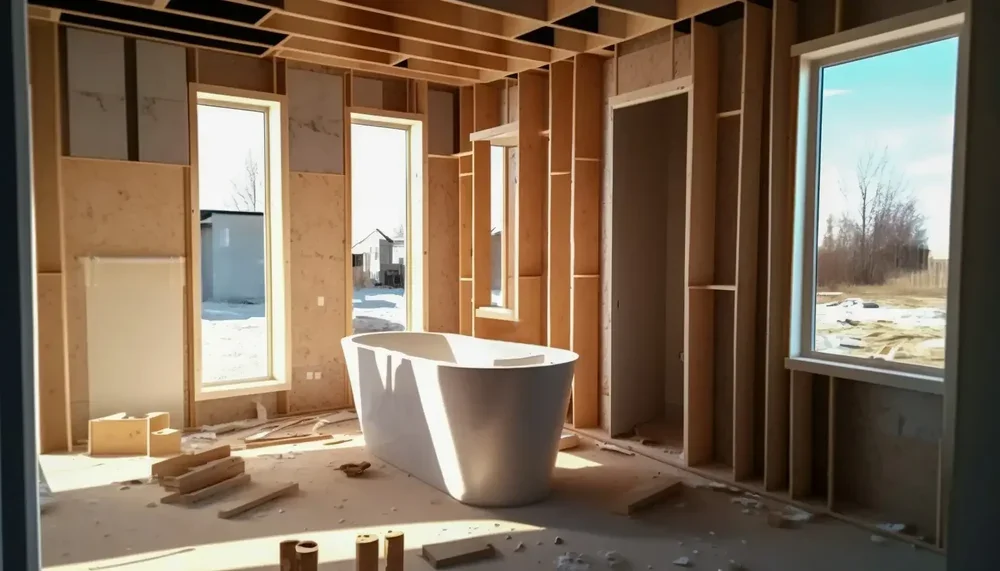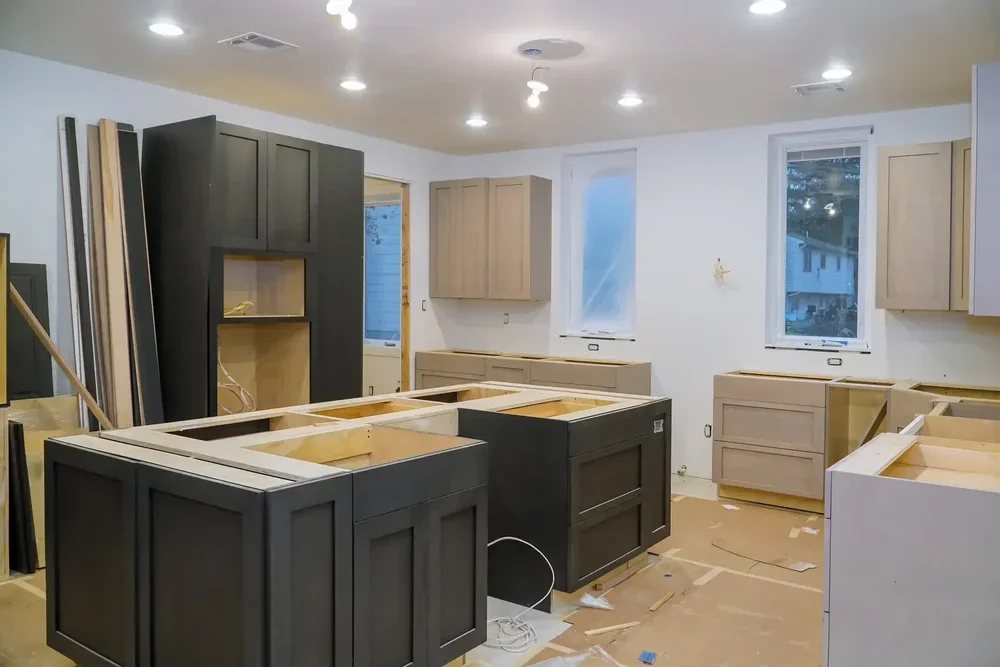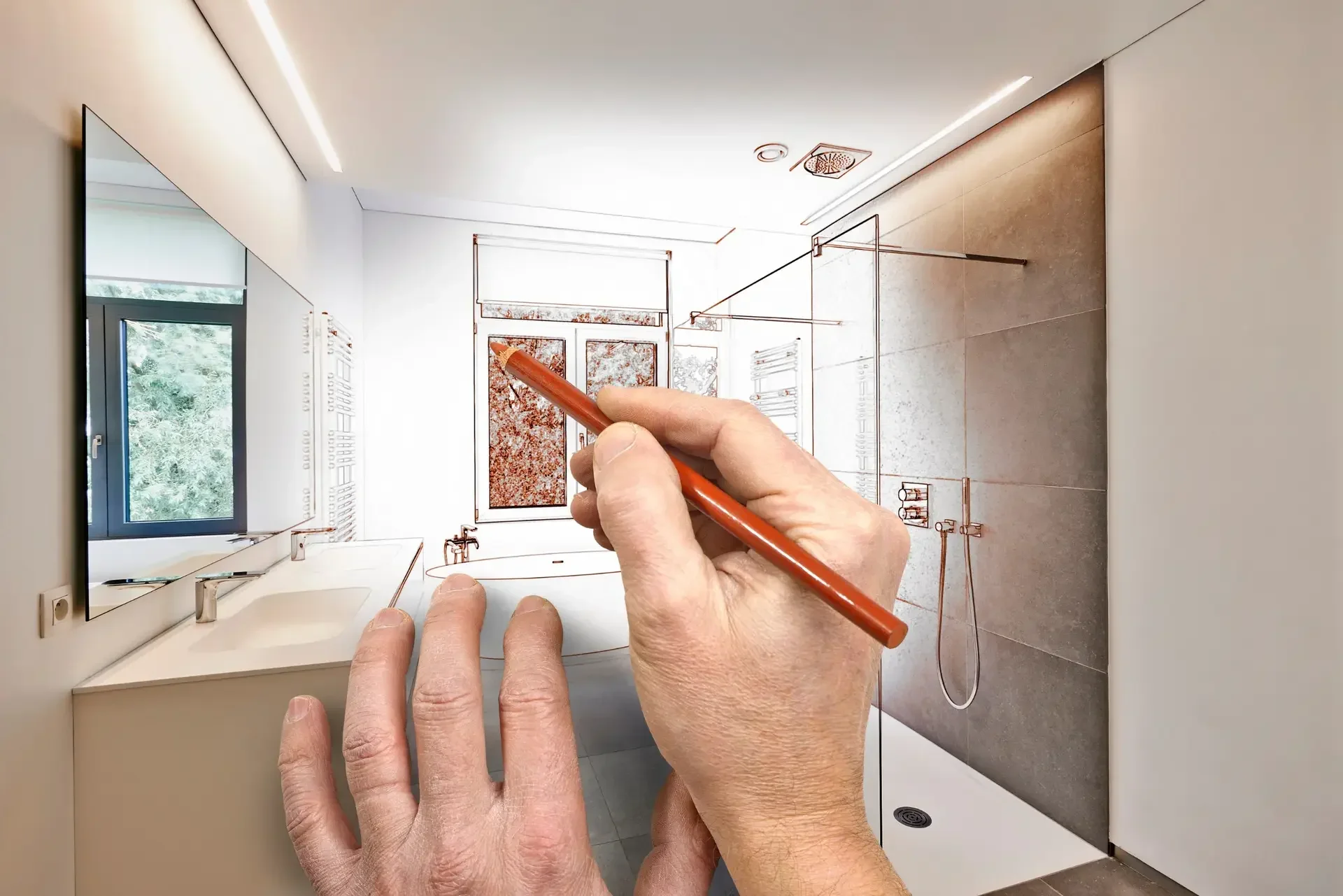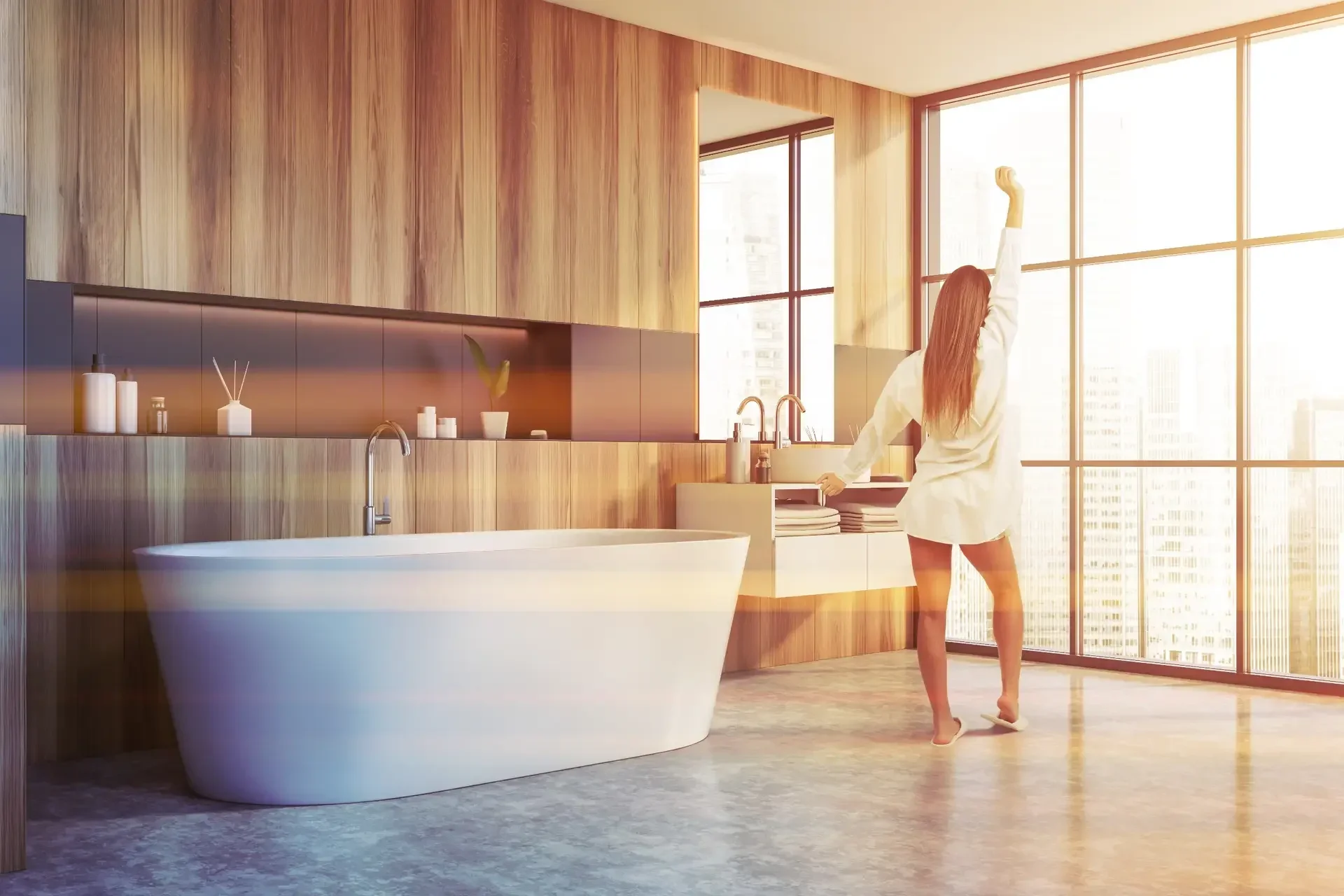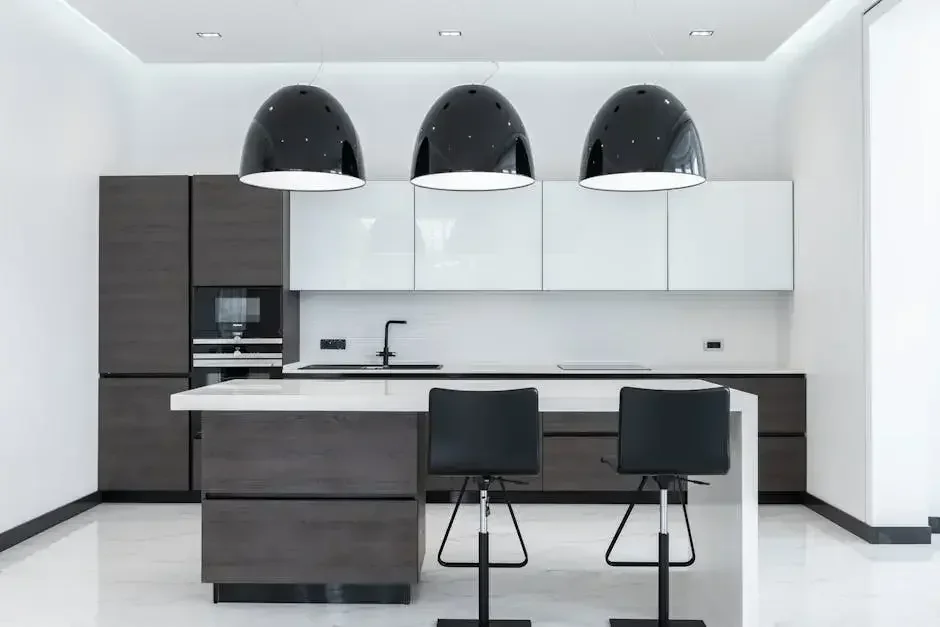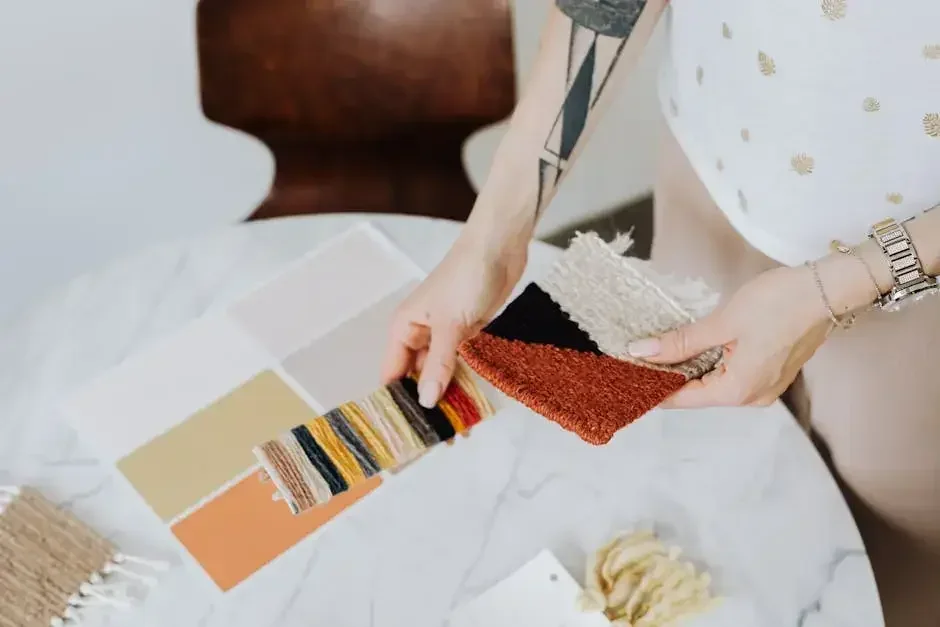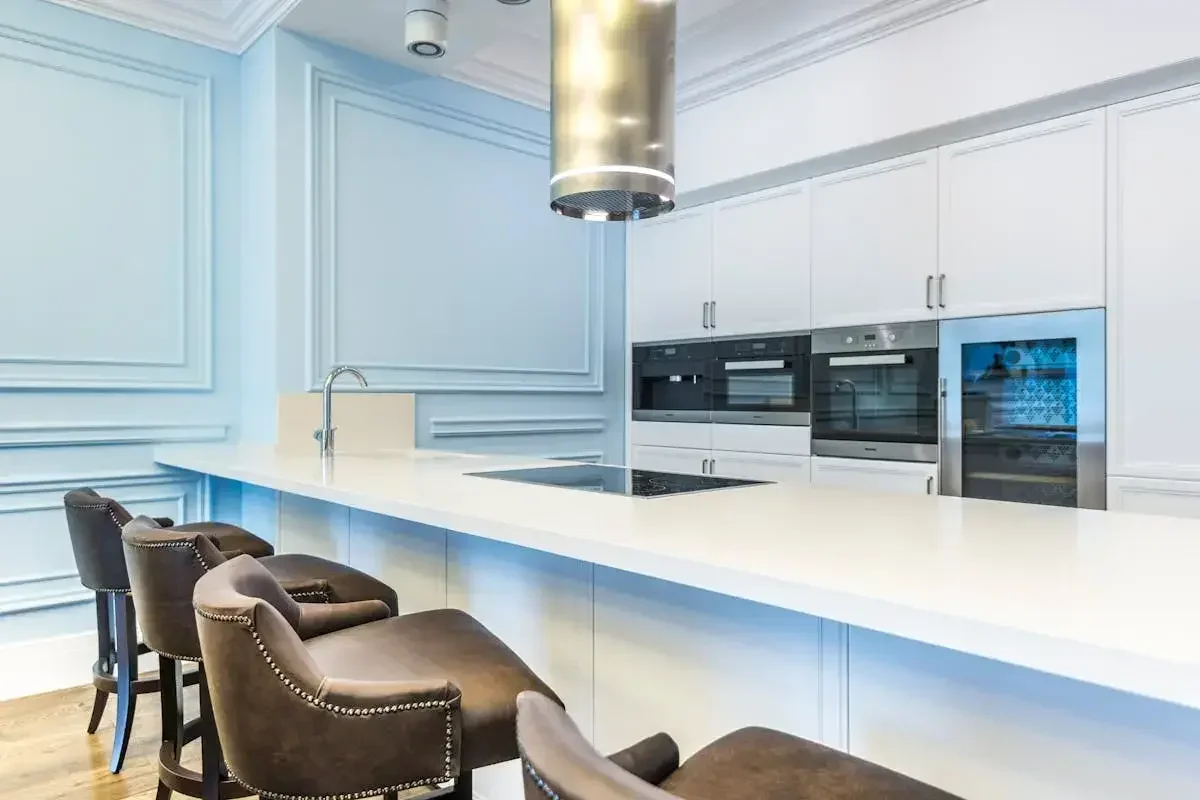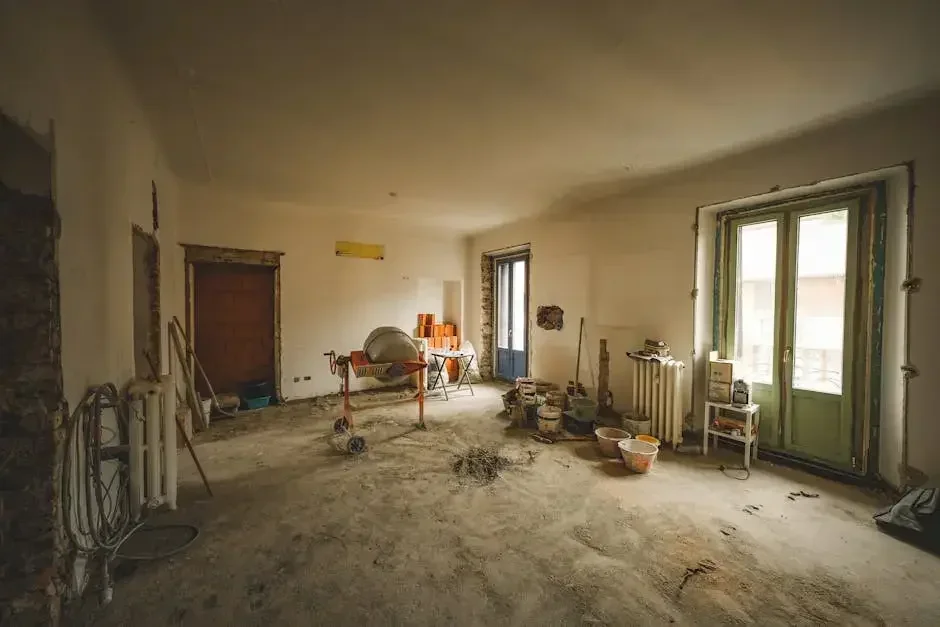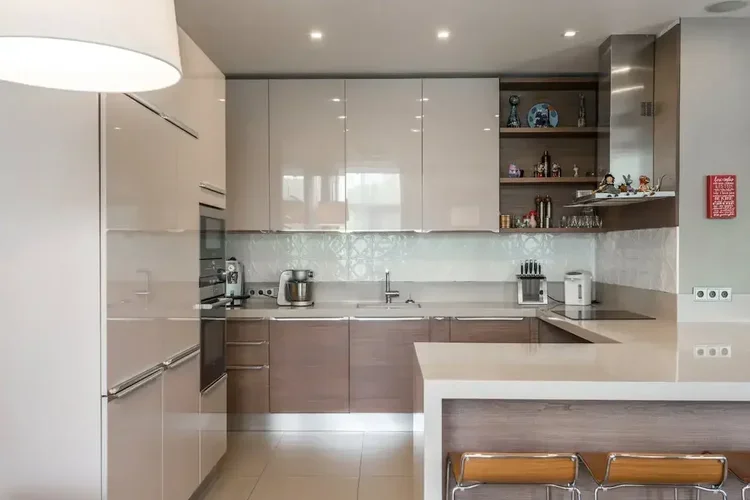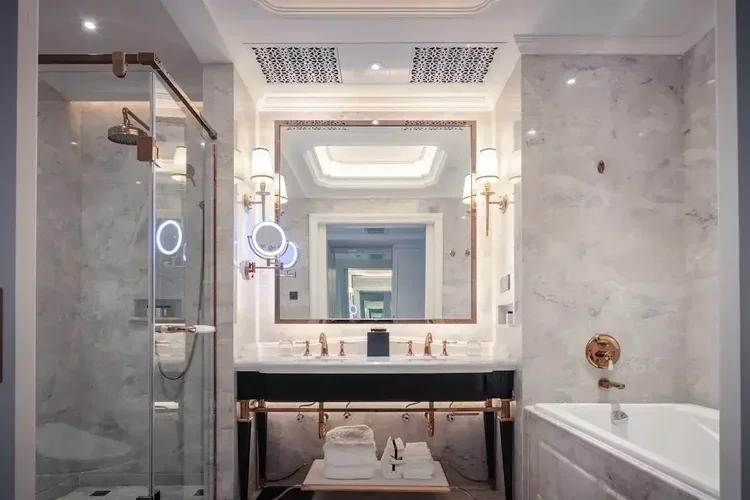10 Signs It's Time to Remodel Your Kitchen in Central Florida
Discover the 10 signs your Orlando kitchen needs remodeling, from damaged cabinets to inefficient appliances. Learn when renovation makes financial sense.
Kitchen Island Ideas: Creative Ways to Transform Your Kitchen Space
Discover 15+ kitchen island ideas that maximize space, storage, and style. From portable solutions to custom designs, find practical ways to transform your kitchen.
Living in Your Home During a Remodel: Tips for Minimizing Disruptions
Learn how to survive living in your home during a remodel with practical tips for managing dust, noise, utilities, and stress. Save thousands on temporary housing.
Living in Your Home During a Remodel: Tips for Minimizing Disruptions
Kitchen Island Ideas: Creative Ways to Transform Your Kitchen Space
Which Bathroom Upgrades Increase Your Home’s Value?
How to Choose the Best Countertop for Your New Kitchen
Home Renovations for Wheelchairs
Bathroom Vanity: Facts You Must Know Before Starting a New Project
Tips for Choosing the Best Kitchen Remodeling Contractors
10 Signs It's Time to Remodel Your Kitchen
Benefits of Hiring a Pro for a Bathroom Renovation
9 Beautiful Bathroom Trends That Will Make You Want to Remodel
Maximize Space and Style with Sleek Kitchens
Transform your home with sleek kitchens tips from our blog 'Maximize Space and Style with Sleek Kitchens'.
8 Cost-Effective Elite Renovations for a Stunning Home Makeover
Transform your space with budget-friendly elite renovations in our blog '8 Cost-Effective Elite Renovations for a Stunning Home Makeover'.
12 Innovative Ideas for Your Next Home Remodeling Orlando Adventure
Transform your space with fresh inspiration from our blog '12 Innovative Ideas for Your Next Home Remodeling Orlando Adventure' and explore home remodeling Orlando today!
Expert Tips for a Smooth Central Florida Remodeling Experience
Transform your home with confidence by discovering essential tips for central Florida remodeling in our blog 'Expert Tips for a Smooth Central Florida Remodeling Experience'.
How does high-quality remodeling increase my home's value?
Discover how high-quality remodeling can boost your home's value in our insightful blog post!
8 Stunning Home Upgrades That Will Transform Your Orlando Kitchen
Transform your Orlando kitchen with these 8 stunning home upgrades that redefine your space—discover more now!
Innovative Remodel Design Ideas to Freshen Up Your Orlando Home
Transform your Orlando home with fresh remodel design ideas featured in 'Innovative Remodel Design Ideas to Freshen Up Your Orlando Home'.




